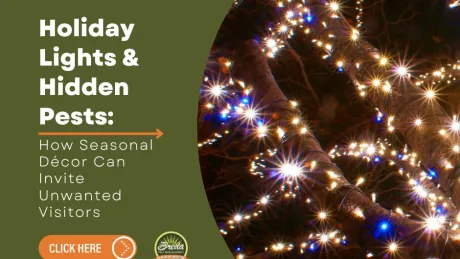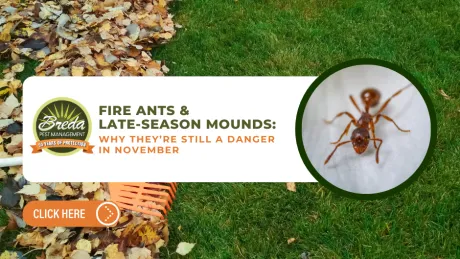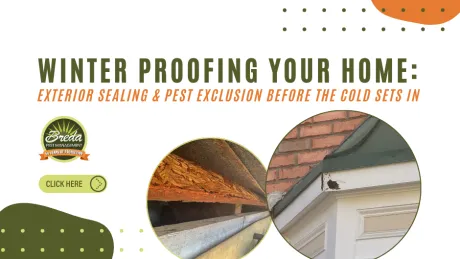As temperatures start to fall, rodents and other pests start to look for a warm place to spend winter. From a rat's perspective, there is no better place to build a nest than in the soft, warm insulation of your attic. To avoid droppings being left in your attic, insulation and wiring being chewed up and the possibility that rats venture into the living spaces of your home, take the following steps:
Preparing Your Home
The first step towards preventing rat invasions is to eliminate all possible entry points. To do this, you need to think like a rat. Remember, rats only need a gap of a couple of inches to squeeze inside.
Look for any and all gaps along your home's exterior at ground level, along the edges of your roofs, around plumbing fixtures, behind electrical boxes, dryer vents and anywhere else a gap may be present. Seal these gaps permanently with caulk, plaster or wire mesh. Avoid temporary, moveable barricades like concrete blocks that could become dislodged.
Securing Your Landscaping
Once your home is secure, you need to make sure your landscaping doesn't give rats cover to try to find a tiny hole that you may have missed or to chew through the work you just did. Rats hate open spaces because it leaves them in full view of predators.
Create a gap of at least six inches between mulch or cover plants and the edge of your home. Trim tree branches that hang on or over your home that rats could use as a bridge. Prune bushes so that they are at least a foot off the ground.
Evicting Unwelcome Guests
If you already have a rat infestation, don't take the above steps to seal your home. You don't want to trap them inside to starve and rot in your attic.
Instead, call the rat removal experts at Breda Pest Management. We'll help you remove the rats and we'll do it in a way that is humane and is safe for your family and pets. We'll also help you identify how they entered and moved around so you can best secure your home—and prevent a repeat infestation.



